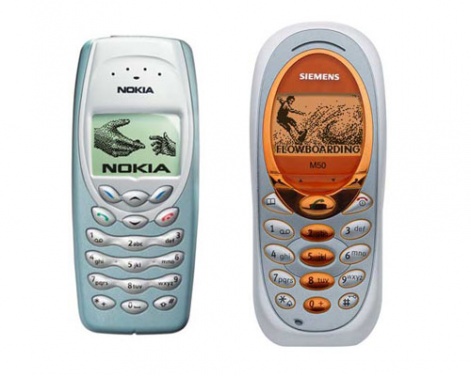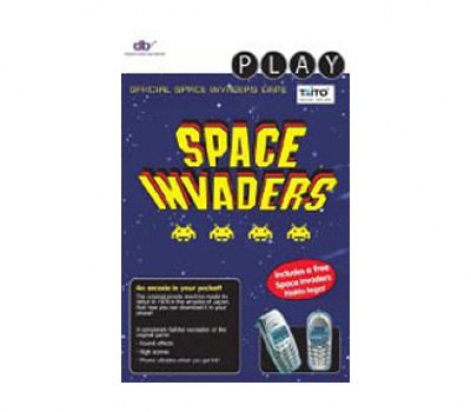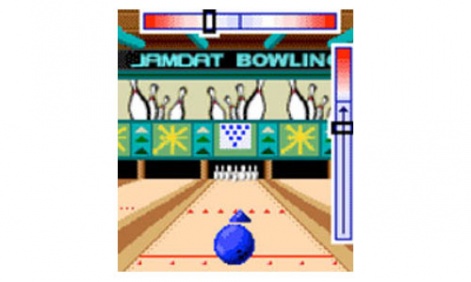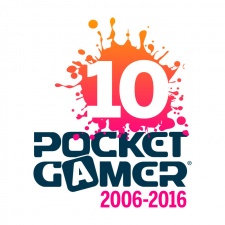Up to this point the mobile games industry had been nascent.
Companies had raised cash, the basic technological building blocks were in place, and a handful of decent games had been released, but something was still missing...
Back in the summer of 2001 however, we had seen the first examples of what would become the dominant mobile gaming platform, at least in Europe.
At the JavaOne conference in San Francisco, a number of companies including Digital Bridges and Sega demonstrated games on prototype Motorola phones, which were running a micro version of the Java programming environment (officially called Java 2 Micro Edition, or J2ME in acronym talk).
The game that got everyone really excited was Sonic, and although only a demonstration of a moving sprite, it did something that WAP could never do - it showed that fast action games could be played on mobile.
The days of Snake and turn-based WAP games were finally being put to bed.
Hot stuff
For that reason, one of the most significant events in 2002 was the commercial release of phones that supported Java. Two of the first in Europe were the Nokia 3410 and the Siemens M50.

Gameloft heralded the change thus:
There were still plenty of limitations to overcome however, as neither the Nokia 3410 or the Siemens M50 supported colour and the resolution remained poor: the 3410 screen only consisted of 96 x 64 pixels.
In 2002, Digital Bridges announced it had clocked up its 10 millionth WAP session, which accounted for over 70 million minutes of airtime.
WAP was improving fast and the release of phones with colour screens and the ability to carry out some simple scripting made WAP games more appealing compared to the small monochrome Java games that had to fit within 30k of memory.
Also, the amount of playtime that was being generated by WAP games was starting to impress.
For example, in 2002, Digital Bridges announced it had clocked up its 10 millionth session, which accounted for over 70 million minutes of airtime.
Interestingly, it was also in 2002 that Digital Bridges started to experiment with selling mobile games via retail. 'Games' were sold in DVD boxes which contained a unique pin number.

All you had to do was go to the printed URL, enter the pin and you could download the game.
Of course, you could also buy the games directly online on your phone, but the retail box route got people to buy mobile games who would never otherwise have gone to a WAP page. Strangely, you can still buy the boxes on eBay despite the fact that the servers have long since been shut down.
BREWing up something stronger
In the United States, around this time, a rival technology was being introduced into commercial phones.
BREW (officially Binary Runtime Environment for Wireless) was a programming environment invented by giant telecoms technology provider Qualcomm and since used widely in Asia and North/South America.
In-Fusio and Synergenix released their own proprietary mobile game programming platforms.
And if that wasn't enough, two tiny European companies, In-Fusio and Synergenix, released their own proprietary mobile game programming platforms, respectively ExEN and Mophun. Fragmentation had started early.
2002 was also when the first mobile games companies started running out of cash.
As the 2001 chapter of A Brief History of Mobile Games explains in more detail, both Riot-E and Vizzavi closed down after burning though tens of millions of pounds.
In August, quirky Swedish developer Picofun (best known for LifeStylers) sold out to mobile services provide Aspiro, and in September, quirky Cambridge, UK developer nGame (best known for Alien Fish Exchange) was snapped up by US publisher Mforma.
In March, publisher Gameloft finally put its house in order with a formal merger between mobile publisher Ludigames and online portal Gameloft.com.
But back to those games of the year...
Space Invaders: (Distinctive Developments)
Like Tetris and Pac-Man, Space Invaders was and remains a seminal game on mobile.
It works both commercially and conceptually: the former because of its brand and the latter because even in 2002, the mobile conversion - like the original arcade version - was monochrome and the overall simplicity meant the game could be squeezed in the memory limit then required for Java games.
JAMDAT Bowling: (JAMDAT)
Despite being a fairly average version of a pretty dull sport, JAMDAT Bowling is one of the most important mobile games ever released in America.
JAMDAT had just raised $8 million in new funding from its investors, which included Qualcomm. It, in turn, was in the process of launching its BREW technology and looking for games to promote it.

Cue a casual mobile game based on a popular pastime that everyone could play and that was pre-installed on every BREW phone shipped by Verizon, the second biggest US network operator. BREW had its first hit and JAMDAT Bowling became one of JAMDAT's first non-branded successes. The rest is history.
Siberian Strike: (Gameloft)
In and of itself, Siberian Strike isn't a particularly significant mobile game - it's a fairly standard vertical scrolling shooter based on Capcom's 1942 - but it was one of Gameloft's first Java games and at the time demonstrated that the industry had moved from slow-paced WAP adventure games to action arcade games.
Perhaps more than any other game at the time, it epitomised the future of mobile games that everyone in the industry wanted - unbranded, fast, fun and frivolous.
A Brief History of Mobile Games: Intro
A Brief History of Mobile Games: 1990s - Snake and WAP
A Brief History of Mobile Games: 2000 - JAMDAT, Gameloft and WAP
A Brief History of Mobile Games: 2001 - Vivazzi, Picofun and Riot-E
A Brief History of Mobile Games: 2003 - Colour phones and N-Gage
A Brief History of Mobile Games: 2004 - JAMDAT, IOMO and EA Mobile
A Brief History of Mobile Games: 2005 - Gizmondo, Tetris and Glu
A Brief History of Mobile Games: 2006 - 3D, iFone and Gizmondo
A Brief History of Mobile Games: 2007/8 - New N-Gage and iPhone
After 12 years in the games industry, the last eight as head of production at I-play, Chris Wright finally escaped. He now runs his own consultancy focusing on casual games. He can be contacted at chris [at] gamesconsultancy.com. All opinions expressed are the author's own.





















